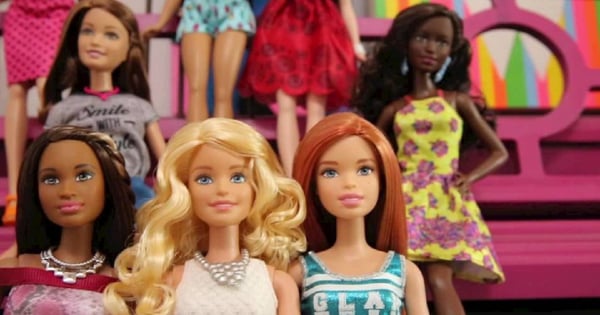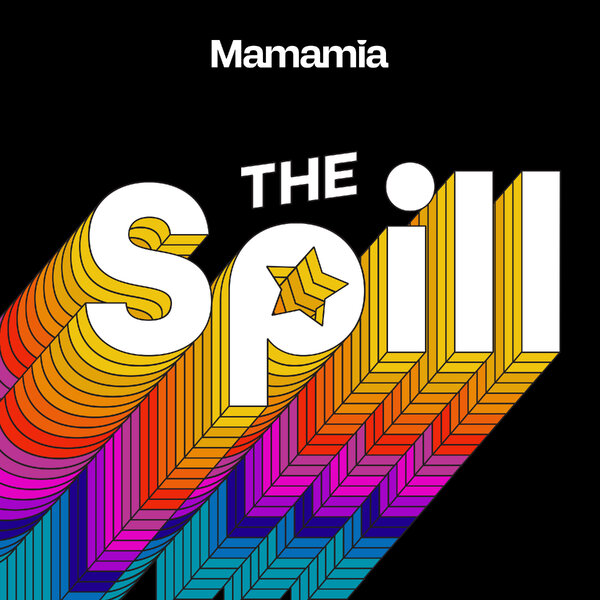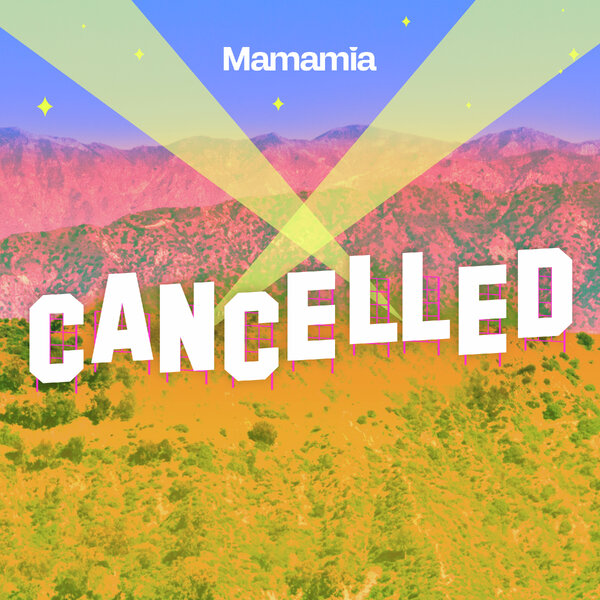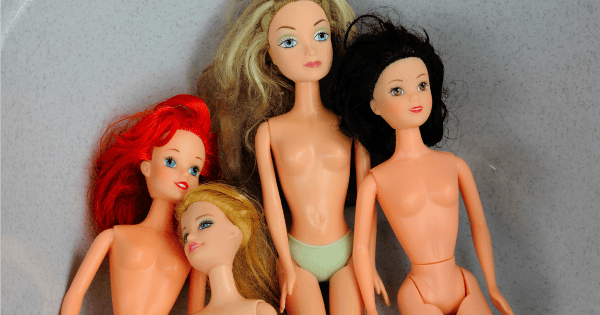
The Barbie doll was dying in Toyland and then Mattel got all 21st century and redesigned Barbie this year complete with curves, heights, internal organs and multicultural friends.
Sales have been excellent, jumping 23 per cent in the last quarter, and Mattel is well on its way to making up for the company’s massive 2015 profit slump, a result of a combination of withering older style Barbie sales and the loss of licensing rights to manufacture Walt Disney Princesses and “Frozen” dolls to smaller rival Hasbro.
Mattel spokesman Alex Clark is just delighted and told The Sydney Morning Herald. “We continue to see terrific momentum around the new Fashionista line, as well as our new younger girl line, Dreamtopia,” he said, with complete sincerity.
Mattel’s share price has also risen 5.4 per cent since the launch of the new 2016 Barbie range which to us mere consumers means nothing but to all of those cashed up toy executives, it means they can keep all their holiday homes. Phew.
Would you buy your son a doll? Post continues below.
The toy business is tough. It’s competitive and it can become incredibly trying when parents have lots of opinions on what is and isn’t a good influence on their children.
Barbie’s reinvention is a relief.
Parents have always been concerned that little girls would take one look at the original Barbie and want to look just like her, leaving them feeling inadequate if they failed to measure up. I never shared their concern. I was pleased the original Barbie gave my daughter a jump start on feelings of inadequacy she was sure to experience as soon as she stepped into the big, wide world which was far removed from the coddled everyone-loves-me-and-tells-me-how-special-I-am-so-it-must-be-true toddler years.































































































